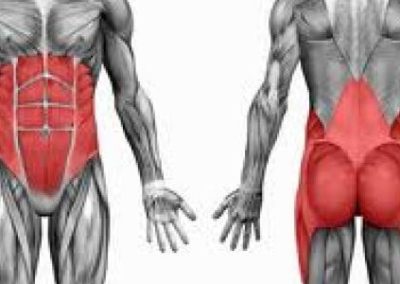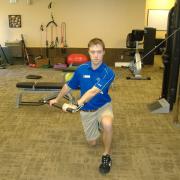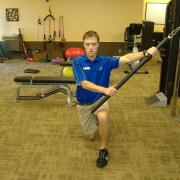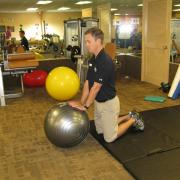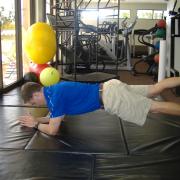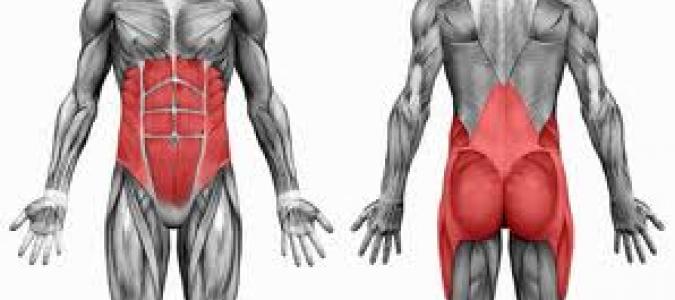
The “Core” Of The Matter – Part 1
So many times I hear the phrase “I need to work on my core” by new clients. By and large it seems they believe that to mean they want their mid section to shrink. This misconception is not their fault as they get fed this through the endless bombardment of infomercials, diet fads, and the latest greatest “ab-tastic” piece of equipment. Unfortunately there are some truths existing out there proven by research that all to often get overlooked by the various companies and individuals looking to make a buck by preying off what listeners want to hear. I think before we talk about some of the myths that exist out there involving the core, we should effectively define it and its role. While there is some speculation as to exactly what muscles truly make up the core, I like to describe it as the area of deep intrinsic muscles between your hips and shoulders. These tiny muscles act as a corset to stabilized the spine and prevent extraneous movement. In athletics these muscles transfer the forces from the legs to the extremeties in the upper-body. Weak core muscles have been associated with muscle pulls, back and shoulder pain. To sum up, the core muscles primary purpose is to stabilize movement, not to create it. Below, I discount some common myths that get regurgitated to me almost on a daily basis.
Number One
“If I do more crunches, I will lose my belly fat”: You cannot spot reduce (lose fat) any areas of the body by solely focusing on them in your workout. I apologize to all of you who were up at 3am purchasing the ab buster last night. Sure, resistance training can help you build muscle, but you won’t see much of it until weight is lost by decreasing body fat. This is only done through a proper diet.
Number Two
“My core is weak therefore more crunches and sit ups must be the answer”: Crunches and situps are NOT core exercises. Both exercises involve repeated spinal flexion. Getting back to my previous point, the core muscles are meant to stabilize motion, not create it. On top of this, the movement of the crunch and sit up is the same mechanism as that which causes disc herniations.
Number Three
My core will get stronger if I stand on a bosu ball and do squats: Really, about the only thing standing on the bosu ball will get you better prepared for is working out on a boat rocking in the sea with each passing wave. I do not want to discount it entirely because if used properly, it can be an advanced method of training balance and stability. Problem is, I see way too many people trying to stand on it to soon, and it does little to actually activate the muscles of the core. Before we progress to bosu training, let’s make sure we can squat properly and we have mastered stability on our own two feet first!
Below are some examples of core stability training exercises I use with my clients:
